Home>Articles>How Much Does It Cost To Build A Bowling Alley In Your Basement
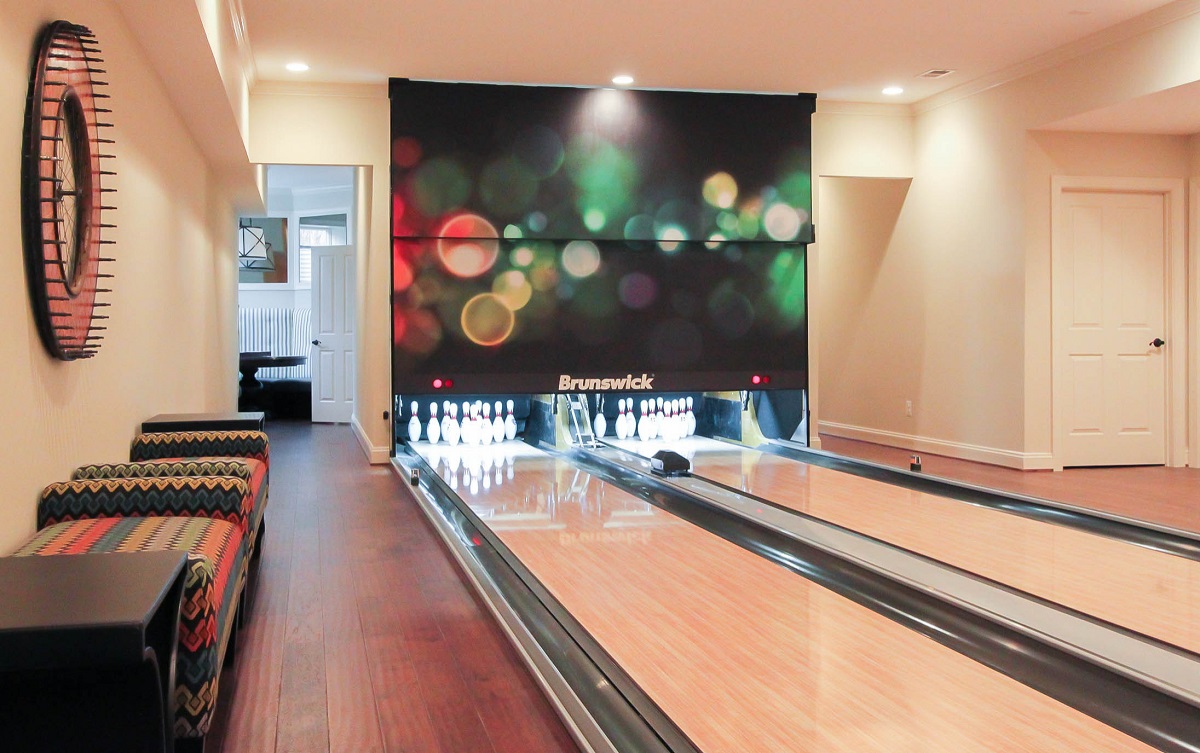

Articles
How Much Does It Cost To Build A Bowling Alley In Your Basement
Modified: September 1, 2024
Discover the average cost of building a bowling alley in your basement with our informative articles on this exciting home improvement project.
(Many of the links in this article redirect to a specific reviewed product. Your purchase of these products through affiliate links helps to generate commission for Storables.com, at no extra cost. Learn more)
Introduction
Have you ever dreamed of having your own personal bowling alley? Imagine the convenience and enjoyment of being able to bowl anytime you want, without ever leaving the comfort of your home. Building a bowling alley in your basement can turn this dream into a reality.
While it may sound like an extravagant and costly project, with the right planning and budgeting, you can create a custom bowling alley that fits your space and meets your needs. From planning and design to installation and finishing touches, building a basement bowling alley requires careful consideration and expertise.
In this guide, we will explore the steps involved in building a bowling alley in your basement, as well as important cost considerations. Whether you’re a bowling enthusiast or simply looking to add a unique entertainment feature to your home, this comprehensive article will provide you with the information you need to make informed decisions.
So, put on your bowling shoes and let’s dive into the exciting world of building a basement bowling alley!
Key Takeaways:
- Building a basement bowling alley requires careful planning, budgeting, and attention to detail. From site preparation to finishing touches, each step contributes to creating a functional and enjoyable bowling experience at home.
- Consider key cost implications, such as size, materials, and professional services, before embarking on the project. Customization, adherence to building codes, and regular maintenance are crucial for creating a safe and long-lasting basement bowling alley.
Read more: How Much Does It Cost To Build A Basement
Planning and Design
The first step in building a bowling alley in your basement is careful planning and design. This phase is crucial as it sets the foundation for the rest of the project and ensures that your bowling alley meets your specific requirements.
Start by assessing the available space in your basement. Measure the dimensions and take note of any architectural features, such as support beams or low ceilings, that may impact the design. Consider whether you want a single lane or multiple lanes, as this will dictate the overall size of the bowling alley.
Next, determine the layout and flow of the space. You’ll need to designate areas for the bowling lane, seating, scoring system, and amenities like a bar or snack area. Take into account factors such as comfort, accessibility, and safety when arranging these elements.
Consider the overall theme and aesthetic of your basement bowling alley. Are you going for a modern and sleek look, or do you prefer a more retro vibe? Choose a color scheme, lighting fixtures, and architectural details that align with your vision.
It’s also essential to consult with professionals who specialize in building home bowling alleys. They can provide valuable insights and recommendations based on their expertise. They can assess the structural integrity of your basement and help you navigate any potential obstacles that may arise during the construction process.
Lastly, obtain any necessary permits or approvals from your local municipality before proceeding with the construction. Building codes and regulations may vary, so it’s essential to ensure that your project complies with all necessary standards.
By taking the time to plan and design your basement bowling alley correctly, you’ll set the stage for a successful and enjoyable construction process.
Site Preparation
Before you can begin the construction of your basement bowling alley, proper site preparation is crucial. This involves clearing and preparing the space to ensure a solid foundation for the project.
The first step in site preparation is to clear the area of any existing structures, furniture, or debris. You’ll need a clean slate to work with, allowing for easy access and maneuverability during the construction process.
Next, assess the condition of the walls and flooring in your basement. If there are any signs of moisture or damage, it’s essential to address these issues before proceeding. Moisture can lead to mold and mildew growth, which can be detrimental to both the construction process and the long-term durability of your bowling alley.
If necessary, consult with professionals to handle any waterproofing or structural repairs that may be required. It’s important to ensure that the basement is dry, stable, and in good condition before proceeding further.
Once the space is cleared and prepared, it’s time to lay the groundwork for your bowling alley. This typically involves leveling the floor, as the bowling lane requires a flat and even surface. A professional contractor can assist with this step, ensuring that the floor is properly prepared for the next phases of construction.
In addition to floor leveling, you may also need to consider soundproofing measures. Bowling alleys can generate considerable noise, and this can be disruptive to the rest of your home. Installing soundproofing materials, such as acoustic insulation or resilient flooring, can help minimize noise transmission and create a more pleasant environment.
Lastly, consider the ventilation and air circulation in your basement. Bowling alleys can become hot and stuffy, especially with multiple players and the physical activity involved. Ensuring proper ventilation will help maintain a comfortable and enjoyable atmosphere while bowling.
By taking the time to properly prepare the site for your basement bowling alley, you’ll ensure a solid foundation and minimize potential issues during the construction process.
Structural Work
Once the site preparation is complete, it’s time to move on to the structural work involved in building a basement bowling alley. This phase involves constructing the framework and support systems that will hold the bowling lane and other essential components.
The first step in the structural work is to install the framework for the bowling lane itself. This includes building supports for the lane boards, gutters, and other necessary components. The framework needs to be sturdy and level, as it will bear the weight of the bowlers and bowling balls.
Next, consider the structural requirements for the seating areas and amenities. If you plan on having seating along the sides of the bowling lane or a separate lounge area, additional structural work may be necessary to provide proper support.
It’s important to ensure that all structural work adheres to building codes and regulations. This includes complying with any load-bearing requirements and safety standards. Hiring a qualified contractor or structural engineer can help ensure that the construction meets these specifications.
Additionally, consider the lighting fixtures and systems for your basement bowling alley. Proper lighting is crucial for visibility and creating the right atmosphere. Consult with a lighting specialist to determine the best placement and types of lighting fixtures to use.
During the structural work phase, it’s also a good time to plan for storage areas and equipment rooms. These spaces can house bowling balls, shoes, and other accessories, as well as the necessary machinery for maintaining the alley.
Remember, safety is a top priority when it comes to the structural work. Make sure all structural elements are secure and meet safety standards, including handrails and barriers to prevent accidents. It’s crucial to create a safe and inviting environment for bowlers of all ages.
By investing time and attention into the structural work, you’ll ensure a solid and secure basement bowling alley that can withstand years of enjoyment and use.
Electrical and Plumbing
As you continue with the construction of your basement bowling alley, it’s important to address the electrical and plumbing aspects of the project. These components are crucial for the proper functioning and convenience of your bowling facility.
First, let’s start with the electrical work. Hiring a licensed electrician is essential to ensure that all electrical installations meet safety codes and regulations. The electrician will assess the electrical needs of your bowling alley, including lighting fixtures, scoring systems, sound systems, and other equipment.
The electrical work may involve installing new electrical circuits, outlets, and switches to accommodate the specific requirements of your basement bowling alley. It’s important to have adequate power supply to support all the electrical components and avoid overloading the system.
When it comes to plumbing, consider the installation of a proper drainage system. This is necessary to handle any spills or water-related issues that may occur during bowling sessions. Make sure the drainage system is designed to handle the flow of water efficiently and prevent any potential water damage to the rest of your basement.
The plumbing work may also involve installing sinks or wet bars for the convenience of bowlers. Determine the locations and number of sinks based on the layout and seating areas in your basement bowling alley.
Additionally, consider the installation of a proper HVAC (heating, ventilation, and air conditioning) system. Bowling alleys can get warm and stuffy, especially with multiple players and machinery running. Proper ventilation and air conditioning will help maintain a comfortable and enjoyable environment for bowlers.
Like with any construction project, it’s important to consult with professionals who specialize in electrical and plumbing work. They will ensure that all installations are done safely and efficiently, meeting all necessary codes and standards.
By addressing the electrical and plumbing aspects of your basement bowling alley, you’ll create a functional and comfortable space for bowlers to enjoy their games.
Flooring and Lane Installation
One of the most crucial elements of a basement bowling alley is the flooring and lane installation. This phase requires careful attention to detail to ensure a smooth and accurate playing surface for bowlers.
Start by selecting the right flooring material for your bowling alley. The most common choice is synthetic bowling lane material, which is durable and designed to mimic the performance of professional bowling lanes. Consult with a bowling alley specialist to determine the best material for your specific needs and budget.
Before installing the lane material, the floor needs to be properly prepared. This involves thorough cleaning, leveling, and smoothing of the surface. Any imperfections in the floor can affect the performance and accuracy of the bowling lane, so it’s essential to ensure a flat and even surface.
Next, the lane material is carefully installed according to manufacturer specifications. This includes aligning and fastening the lane boards, as well as applying the protective layers and finishes. It’s important to follow the installation instructions precisely to achieve the best results and longevity of the lane.
During the installation process, it’s also essential to consider the pin deck area and the pit. These areas require specialized construction and attention to detail to ensure optimal pin setting and ball retrieval. Consult with professionals experienced in bowling alley construction to ensure these elements are properly installed.
Additionally, consider the installation of bowling lane accessories, such as bumper systems or ball return mechanisms. These features can enhance the bowling experience and accommodate bowlers of different skill levels and ages.
Remember, the flooring and lane installation phase requires the expertise of professionals experienced in bowling alley construction. Their knowledge and precision will ensure a high-quality playing surface that meets industry standards and offers an enjoyable bowling experience for you and your guests.
By investing in proper flooring and lane installation, you’ll create a basement bowling alley that rivals those found in commercial establishments.
Pinsetter and Ball Return System
The pinsetter and ball return system are vital components of any bowling alley, including a basement bowling alley. These systems automate the process of resetting pins and returning the bowling balls to the players, saving time and effort.
When it comes to the pinsetter, there are a few different options to consider. Traditional pinsetter machines are complex and require more space and maintenance. They utilize mechanical arms and sensors to set up and release the pins after each roll.
An alternative to traditional pinsetters is the string pinsetter system. This system uses strings attached to the pins, which are then lifted and cleared from the pin deck. This option is more compact and requires less maintenance compared to traditional pinsetters.
Regardless of the type of pinsetter system you choose, it’s important to consult with an expert familiar with bowling alley construction. They can guide you on the best option for your specific space and needs.
The ball return system is responsible for safely and efficiently returning the bowling balls to the players after each roll. This system can be as simple as gravity-fed tracks that guide the balls back to the players or more advanced automated systems that use conveyor belts.
Consider the layout and space available in your basement when determining the best ball return system. You want to ensure that it provides a smooth and seamless experience for bowlers, without interfering with the other components of the bowling alley.
Both the pinsetter and ball return systems require professional installation to ensure proper functionality and safety. Hiring experienced technicians familiar with bowling alley equipment will ensure that these systems are installed correctly and have the necessary safety features in place.
By incorporating a reliable pinsetter and ball return system into your basement bowling alley, you’ll enhance the overall experience and make the bowling process more efficient and enjoyable for everyone.
Consider the cost of materials such as flooring, bowling equipment, seating, and lighting. Factor in labor costs for construction and installation. Don’t forget to account for permits and potential additional expenses for ventilation and soundproofing.
Scoring System
A scoring system is a crucial component of any bowling alley, including a basement bowling alley. It keeps track of each player’s score, adds up their points, and provides an accurate and interactive way to follow the game’s progress.
There are several options when it comes to choosing a scoring system for your basement bowling alley. The two primary types are traditional manual scorekeeping and automated electronic scoring systems.
Traditional manual scorekeeping involves using a tabletop or wall-mounted score sheet where players manually record their scores after each frame. This option brings a nostalgic and old-school feel to your basement bowling alley and can be a fun and interactive way to keep track of the game.
On the other hand, automated electronic scoring systems use digital screens or monitors to display scores in real-time. These systems typically have automatic scoring calculation, eliminating the need for manual calculation. They can also provide additional features like player profiles, game statistics, and interactive graphics.
The choice between the manual and automated scoring system ultimately depends on personal preference and budget. While automated systems offer convenience and accuracy, manual scorekeeping can add a unique charm to your basement bowling alley.
Consult with a bowling alley specialist or technology expert to explore the different options available and determine which scoring system best fits your needs and budget. They can provide guidance on the installation, setup, and maintenance requirements of the chosen system.
Additionally, consider the integration of a computerized scoring system, which can enhance the overall entertainment experience in your basement bowling alley. These systems often include features like player profiles, customizable graphics, and even game modes and challenges.
By incorporating a scoring system into your basement bowling alley, you’ll create an engaging and interactive environment where players can track their progress and enjoy a competitive and fun-filled bowling experience.
Seating and Lighting
When designing your basement bowling alley, it’s crucial to consider the seating and lighting to create a comfortable and inviting environment for both players and spectators.
Start by assessing the available space and determining the number of seating options needed. Consider how many people you plan on accommodating and the overall layout of your bowling alley. You can opt for traditional bowling alley-style seating with benches or incorporate more comfortable seating options, such as chairs or sofas, for a cozy and modern feel.
It’s important to ensure that the seating is strategically placed to provide a clear view of the bowling action while maintaining a safe distance from the lanes. If you have multiple lanes, consider positioning the seating to allow for easy movement between the lanes without disrupting the players.
In addition to seating, proper lighting is crucial for creating the right ambiance and ensuring visibility in your basement bowling alley. Good lighting can enhance the overall bowling experience and create a welcoming atmosphere.
Consider a mix of natural and artificial lighting to achieve the ideal balance. Natural light can make the space feel more open and inviting, while artificial lighting can provide focused illumination on the bowling lanes and seating areas.
Choose lighting fixtures that fit the overall theme and design of your basement bowling alley. Whether you prefer modern recessed lighting or retro-inspired pendant lights, select fixtures that complement the aesthetic of the space.
You may also want to incorporate adjustable lighting options to accommodate different moods or game preferences. Dimmable lights can create a more intimate setting for casual games, while brighter lights can create a more energetic atmosphere for competitive matches.
Consult with a lighting specialist to discuss the best lighting design for your basement bowling alley. They can provide guidance on the placement of fixtures, types of bulbs, and any special lighting effects you may want to incorporate.
By carefully considering the seating and lighting in your basement bowling alley, you’ll create a comfortable and enjoyable space where players and spectators can fully immerse themselves in the bowling experience.
Read more: How Much Does A Walkout Basement Cost
Sound System
A well-designed sound system is an essential component of a basement bowling alley, enhancing the overall experience and atmosphere for players and spectators. A quality sound system can set the mood, provide entertainment, and elevate the excitement of the game.
Start by assessing the size and layout of your basement bowling alley to determine the audio needs. Consider the placement of speakers and the coverage required to ensure that sound is evenly distributed throughout the space. This will help create an immersive and engaging environment for everyone present.
When selecting speakers for your sound system, consider their power and sound quality. Choose speakers that can deliver clear, crisp audio at the desired volume levels. Speakers with a wide frequency range will ensure that both the music and the sound effects of the bowling alley are reproduced accurately.
Additionally, consider the placement of speakers to provide optimal coverage. Mounting speakers on the walls or ceiling can help distribute sound evenly throughout the space and prevent any dead zones or unbalanced audio levels.
Another consideration is the source of audio. Determine whether you want to connect your sound system to a music player, streaming device, or have the option for live microphone announcements. Installing a sound mixer or receiver can give you control over the volume levels, equalization, and audio sources.
For a more immersive experience, you may want to consider incorporating subwoofers into your sound system. Subwoofers can enhance the bass response, giving the audio a more impactful feel. This can add another layer of excitement to the bowling experience, particularly during music playback or sound effects.
Lastly, consult with a sound system specialist or professional installer who can guide you through the process of selecting and installing the right equipment for your basement bowling alley. They can offer expertise on acoustic considerations, equipment compatibility, and optimal speaker placement.
By investing in a high-quality sound system, you’ll create a dynamic and enjoyable atmosphere in your basement bowling alley, providing an immersive audio experience that complements the excitement of the game.
Finishing Touches
When it comes to creating a polished and inviting basement bowling alley, the finishing touches are what truly bring the space to life. These final details add personality, style, and functionality to your bowling facility.
One of the first finishing touches to consider is the décor and theme of your bowling alley. Whether you prefer a classic retro style, a sleek modern look, or a personalized theme, incorporating elements like wall art, signage, and branding can help tie the space together and create a cohesive atmosphere.
Choose colors that enhance the overall aesthetic and mood of your bowling alley. Consider using bold and vibrant colors for a vibrant and energetic feel, or opt for more muted tones for a relaxed and sophisticated ambiance. Wallpaper, paint, or murals can be used to create visually appealing focal points or accent walls.
Another important finishing touch is the addition of comfortable seating and tables. Provide ample seating options for players and spectators, ensuring that everyone has a comfortable place to relax and enjoy the games. Incorporate tables or countertops for food and beverages, creating a social and enjoyable space for gatherings.
Consider the placement of amenities like a bar area, snack counter, or vending machines. These additions can add convenience and enhance the overall experience for guests. Consult with professionals to ensure that the placement adheres to safety and accessibility standards.
Pay attention to details such as flooring materials, wall coverings, and baseboards. Choose durable and easy-to-clean materials that can withstand the wear and tear of a bowling alley environment. Consider the incorporation of soundproofing materials to minimize noise transmission to the rest of the house.
To add a touch of authenticity, personalize the space with bowling-themed accessories and memorabilia. Display vintage bowling pins, framed photos or posters of famous bowlers, or even create a display case for bowling trophies. These personal touches can make your basement bowling alley feel more unique and personalized.
Lastly, ensure that the space is well-maintained and kept clean. Regular maintenance and cleaning will help preserve the longevity of your bowling alley and ensure a safe and enjoyable environment for everyone.
By focusing on the finishing touches of your basement bowling alley, you’ll create a visually appealing, comfortable, and fully functional space that provides endless enjoyment for you, your family, and your guests.
Cost Considerations
Building a basement bowling alley is an exciting endeavor, but it’s essential to consider the cost implications before diving into the project. Here are a few key cost considerations to keep in mind:
1. Size and complexity: The size and complexity of your basement bowling alley will play a significant role in determining the overall cost. Larger bowling alleys with multiple lanes, additional amenities, and advanced features will naturally come with a higher price tag.
2. Materials and finishes: The quality of materials and finishes you choose will impact the cost. Higher-end materials, such as premium lane surfaces, seating options, and lighting fixtures, will generally cost more than budget-friendly alternatives. Consider your priorities in terms of quality, aesthetics, and durability.
3. Permits and regulations: Obtaining the necessary permits and complying with building codes and regulations can involve additional expenses. These costs vary depending on your location and the specific requirements set by your local municipality.
4. Professional services: Hiring professionals for site preparation, structural work, electrical and plumbing installations, and other specialized tasks will be an additional cost. However, it’s crucial to invest in experts who can ensure the safety and quality of your basement bowling alley.
5. Scoring system and equipment: The cost of a scoring system, pinsetter, ball return system, and other equipment can vary depending on the brand, features, and level of automation you choose. Research different options to find a balance between quality and affordability.
6. Sound system and lighting: The cost of a sound system and lighting fixtures will depend on the size of your basement bowling alley and the quality of equipment you select. Consult with experts to determine the optimal setup within your budget.
7. Finishing touches and décor: The cost of décor items, seating, tables, and other finishing touches can vary widely depending on your preferences and the level of customization. Consider your budget and explore various options to create a tailored and visually appealing space.
It’s important to establish a realistic budget and conduct thorough research before embarking on the project. Get quotes from contractors, seek recommendations from professionals, and carefully compare prices and features of equipment and materials.
Remember to factor in ongoing maintenance and operational costs, such as regular inspections, cleaning, and the potential need for repairs or replacements in the future.
By carefully considering the cost implications, you can plan and budget accordingly, ensuring that your basement bowling alley aligns with your financial resources and priorities.
Conclusion
Building a bowling alley in your basement is a dream come true for many bowling enthusiasts and homeowners looking to add a unique and exciting feature to their living space. While the process may seem daunting at first, careful planning, budgeting, and attention to detail can turn your vision into a reality.
In this comprehensive guide, we’ve explored the essential steps involved in building a basement bowling alley. From the initial planning and design phase to the installation of the scoring system and finishing touches, each aspect contributes to creating a functional and enjoyable bowling experience at home.
It’s crucial to consider key factors such as size, cost, materials, and professional services throughout the construction process. Consult with experts in bowling alley construction, electrical and plumbing, sound systems, and scoring systems to ensure that every aspect of your basement bowling alley meets safety standards and your personal preferences.
Remember that customization is key when it comes to personalizing your basement bowling alley. Choose a theme, décor, and seating that reflects your style and creates a welcoming environment for players and spectators alike.
Throughout the project, make sure to adhere to local building codes and obtain any necessary permits to ensure a legal and safe bowling facility. Regular maintenance and proper care of your basement bowling alley will also contribute to its longevity and continued enjoyment for years to come.
Building a basement bowling alley is an investment, both financially and in terms of time and effort. However, the endless hours of enjoyment, the convenience of having a bowling alley at your doorstep, and the memories created with family and friends are invaluable.
So, lace up your bowling shoes and get ready to strike! With the right planning, expertise, and a little bit of creativity, you can transform your basement into a one-of-a-kind bowling alley that will provide countless hours of entertainment for everyone fortunate enough to experience it.
Ready to take on more home projects after considering that basement bowling alley? Delve into the timeline of refreshing your space with our guide on how long basement renovations typically last. For those curious about broader building expenses, our detailed overview of construction costs offers insights into what you might expect when embarking on various projects.
Frequently Asked Questions about How Much Does It Cost To Build A Bowling Alley In Your Basement
Was this page helpful?
At Storables.com, we guarantee accurate and reliable information. Our content, validated by Expert Board Contributors, is crafted following stringent Editorial Policies. We're committed to providing you with well-researched, expert-backed insights for all your informational needs.

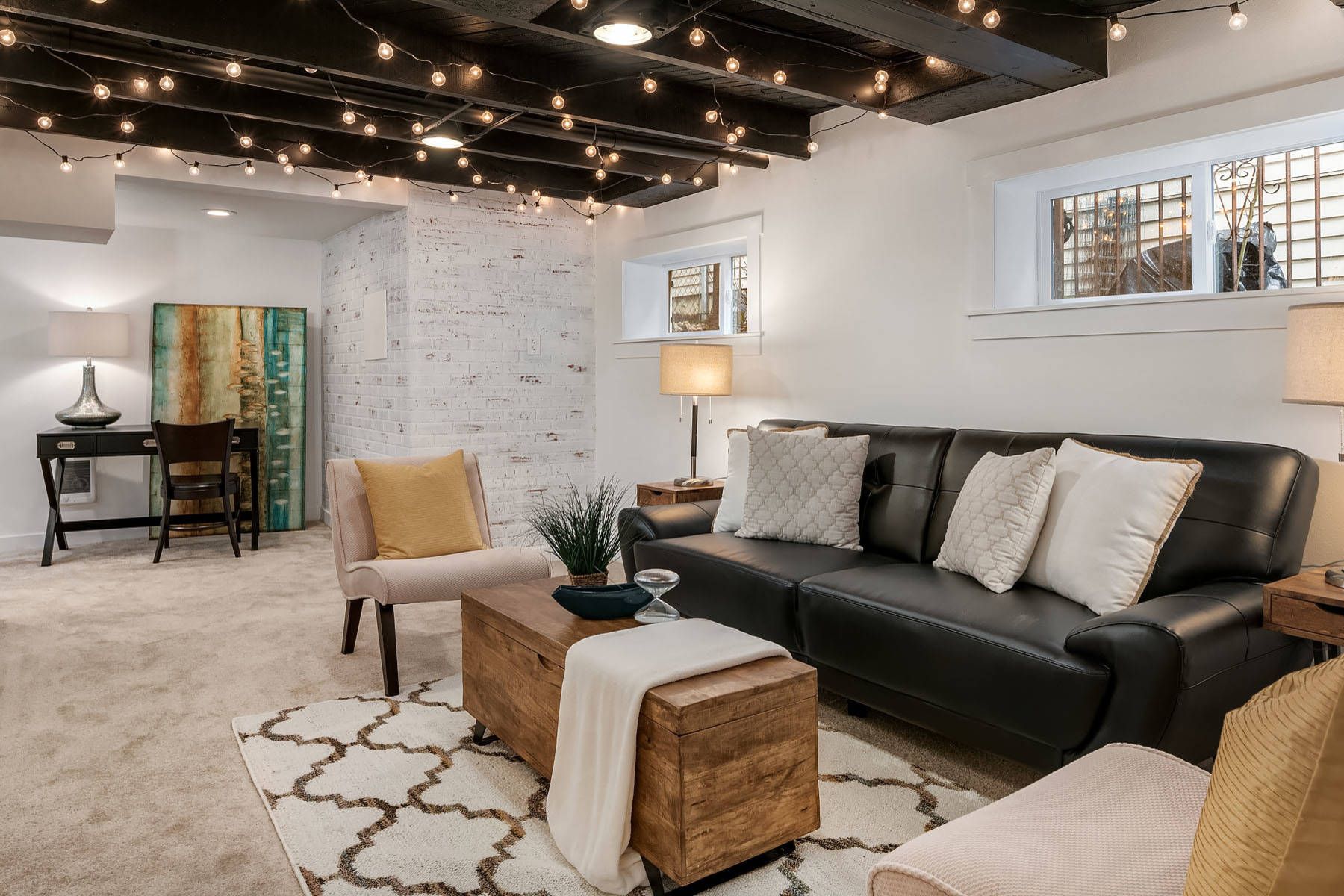
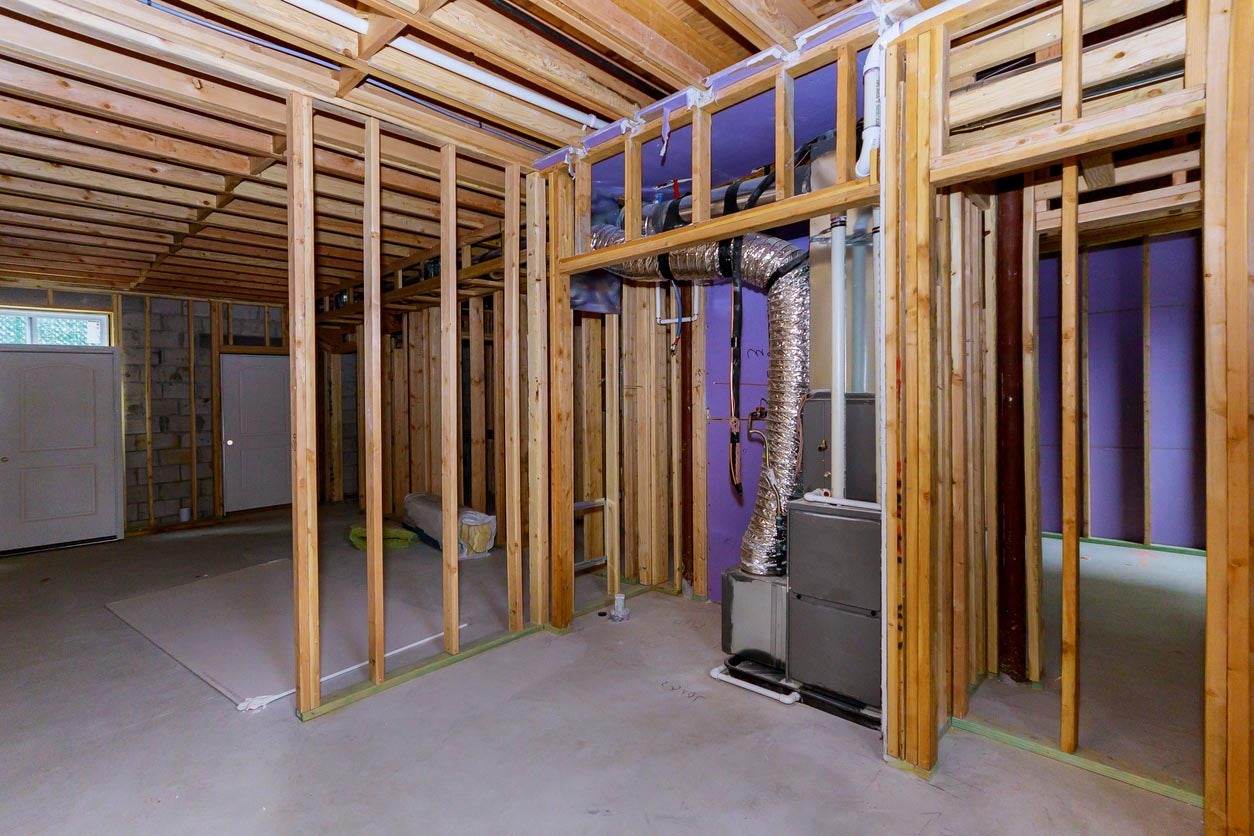
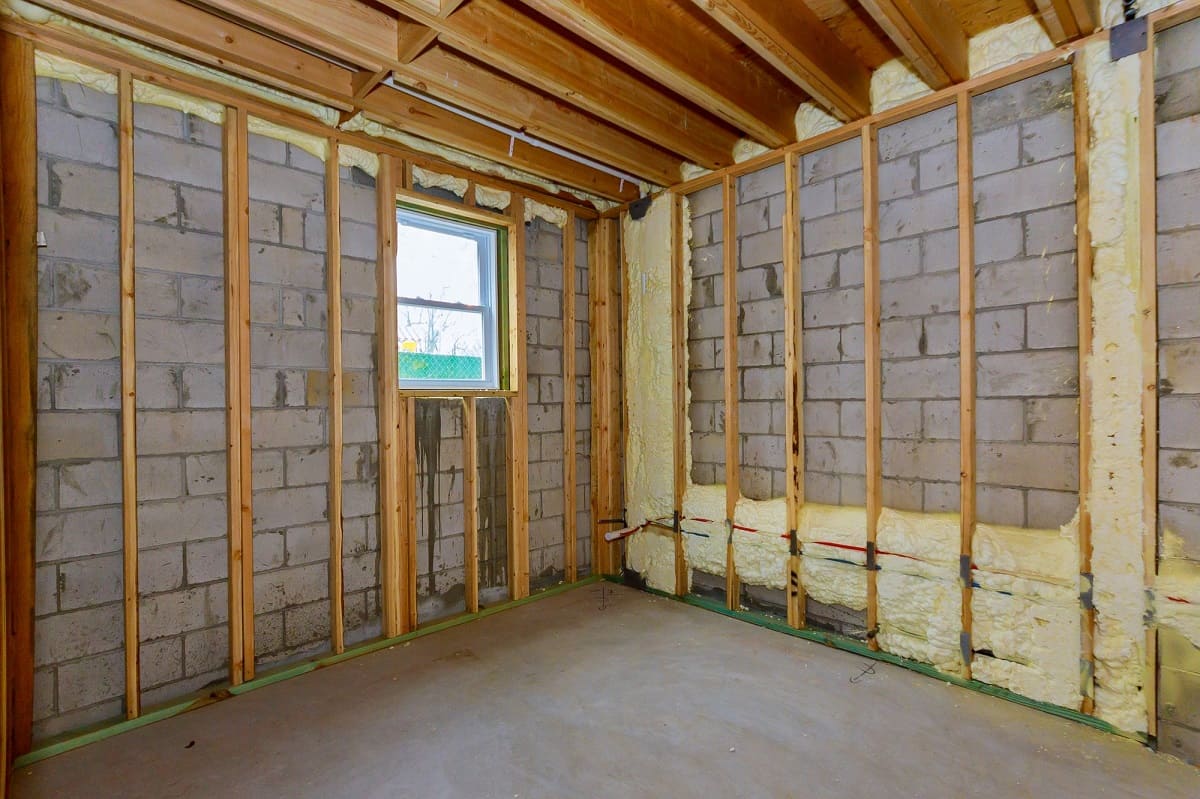
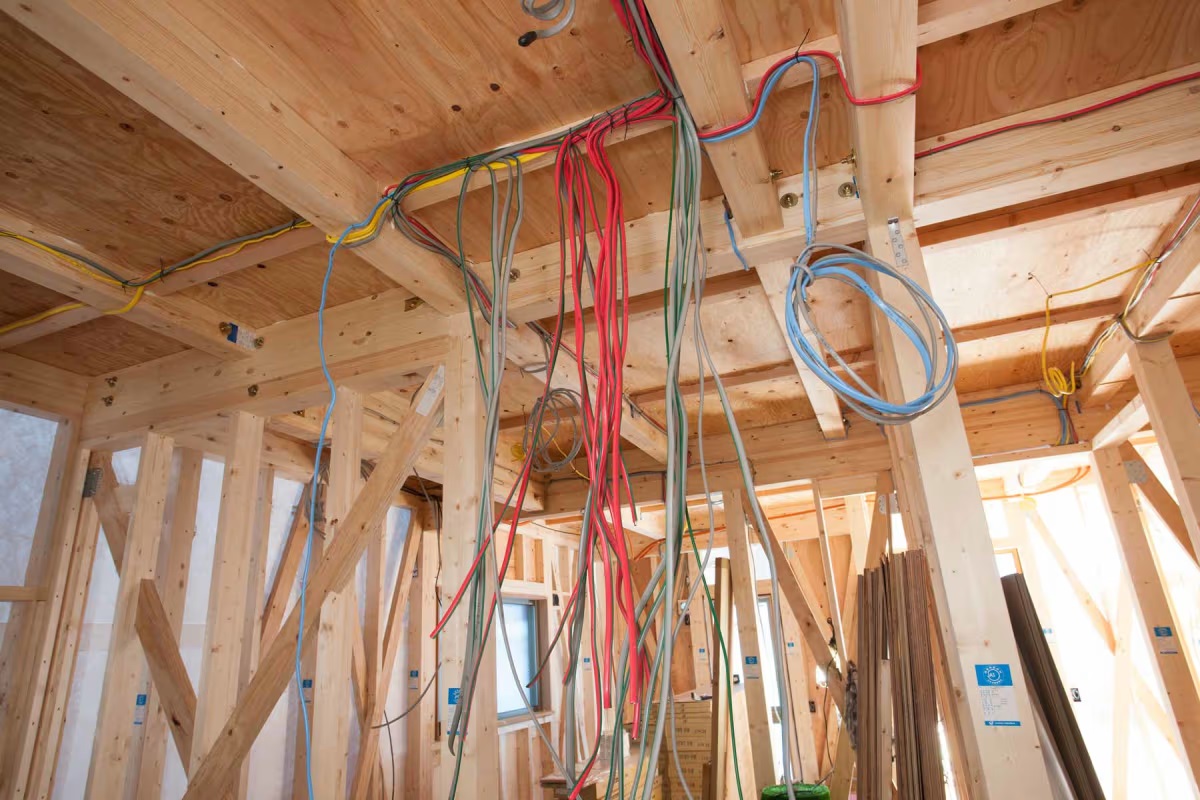
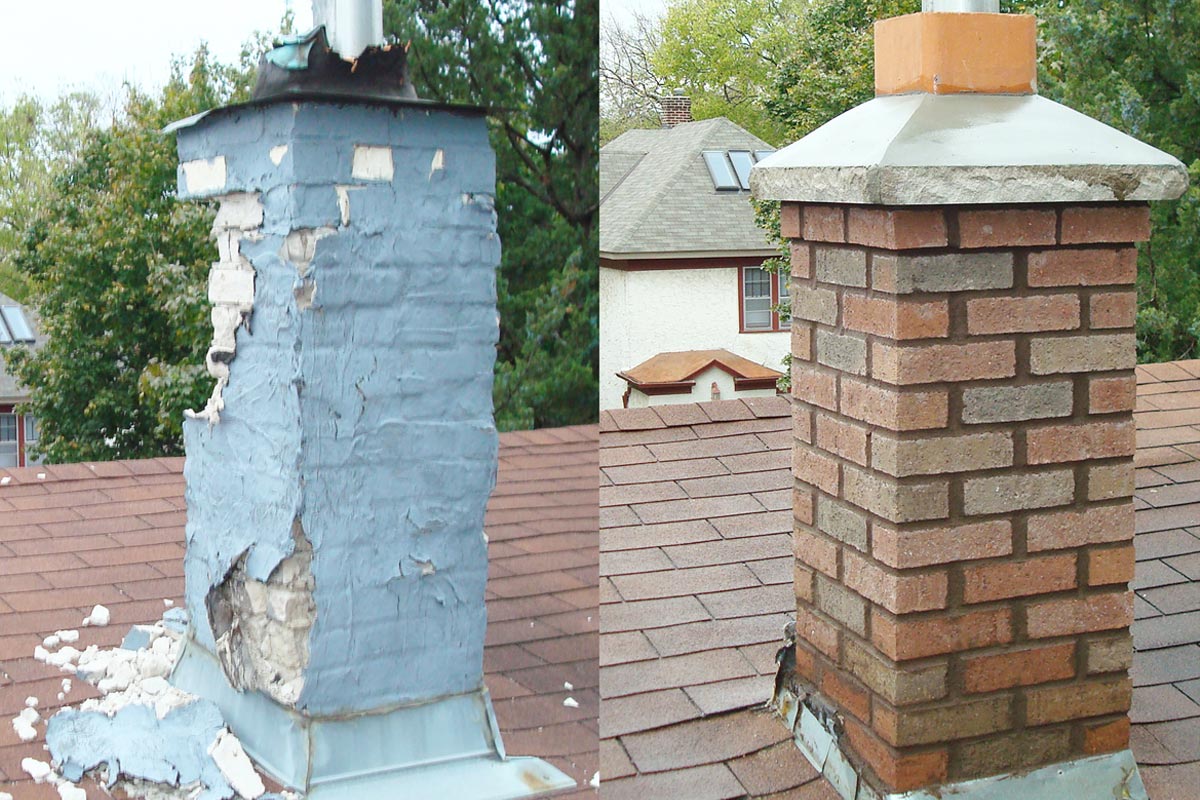
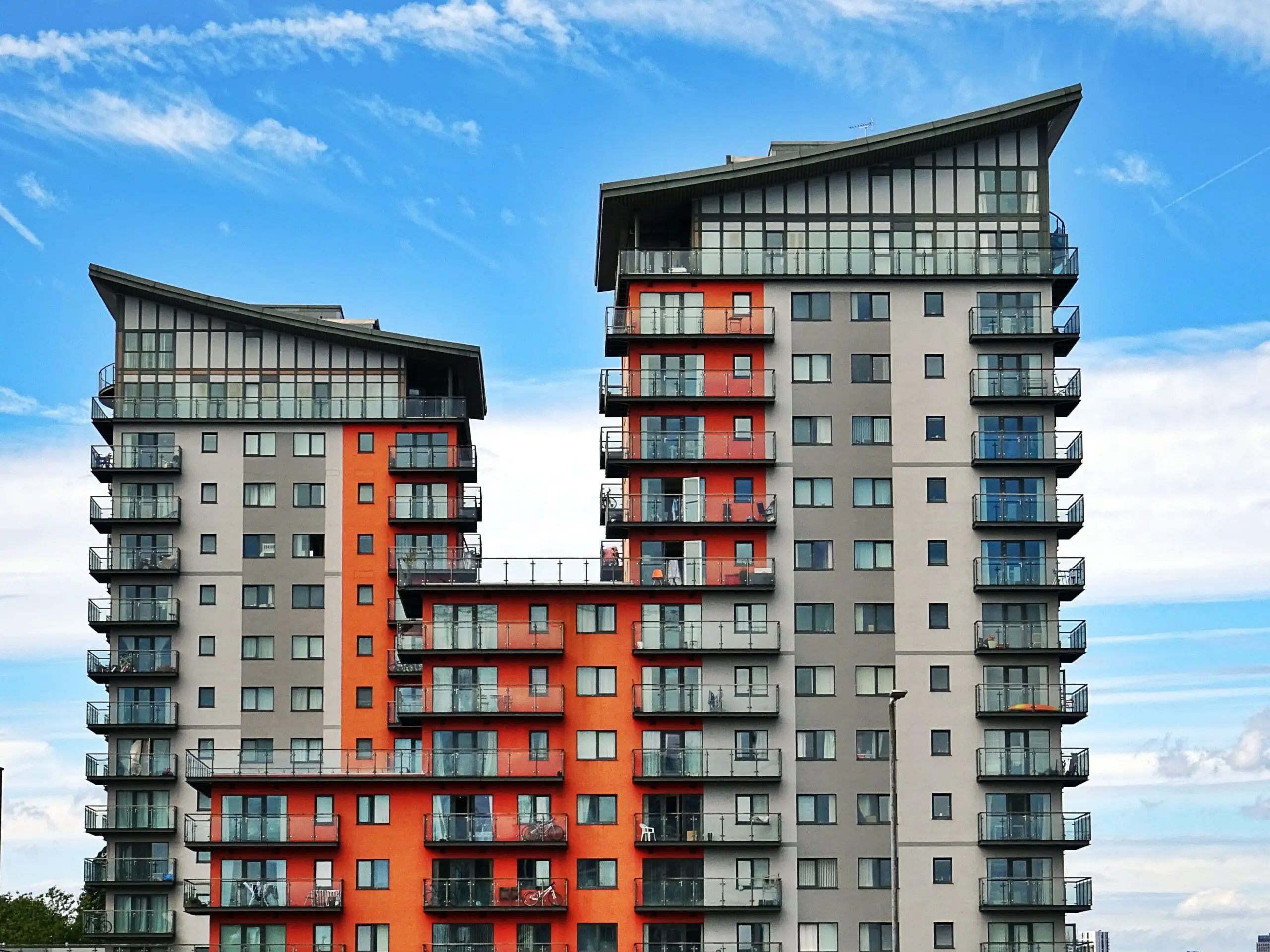
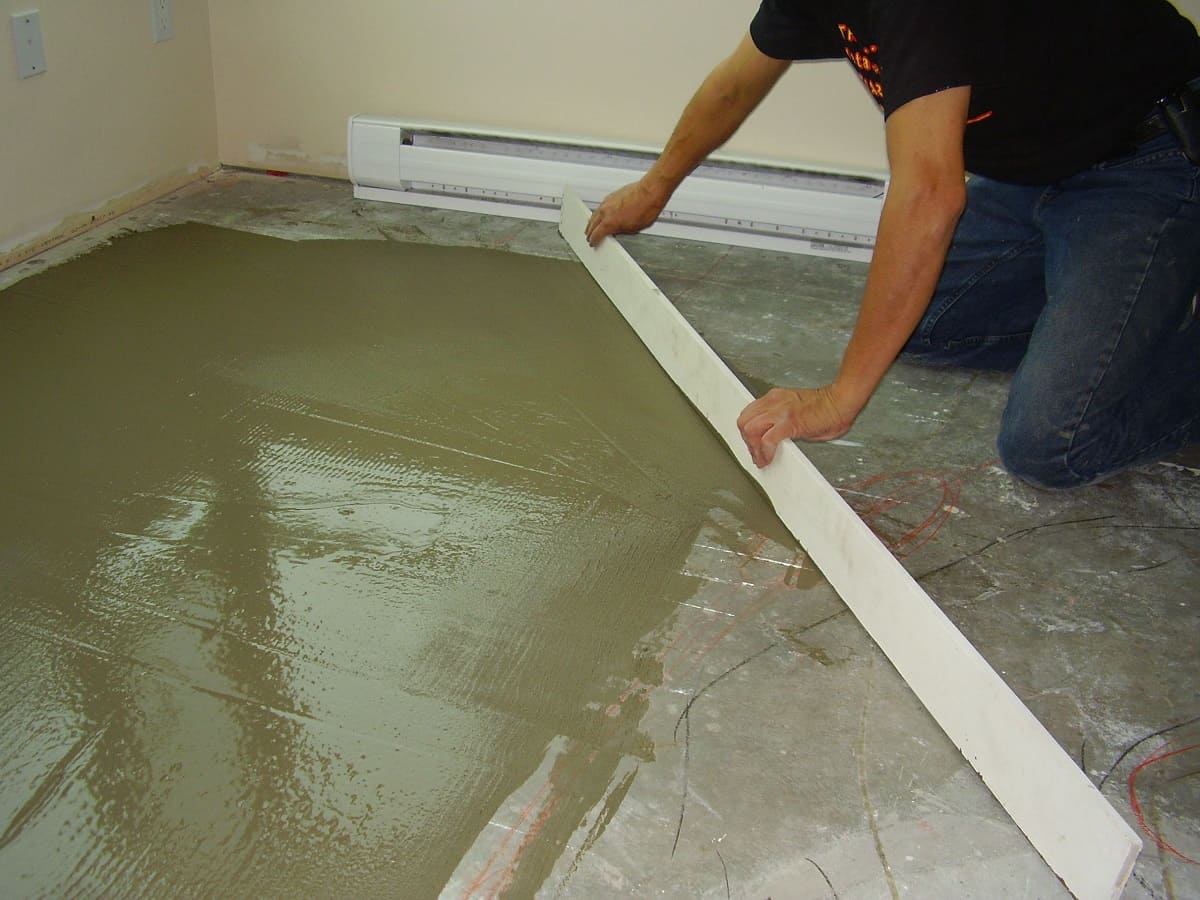
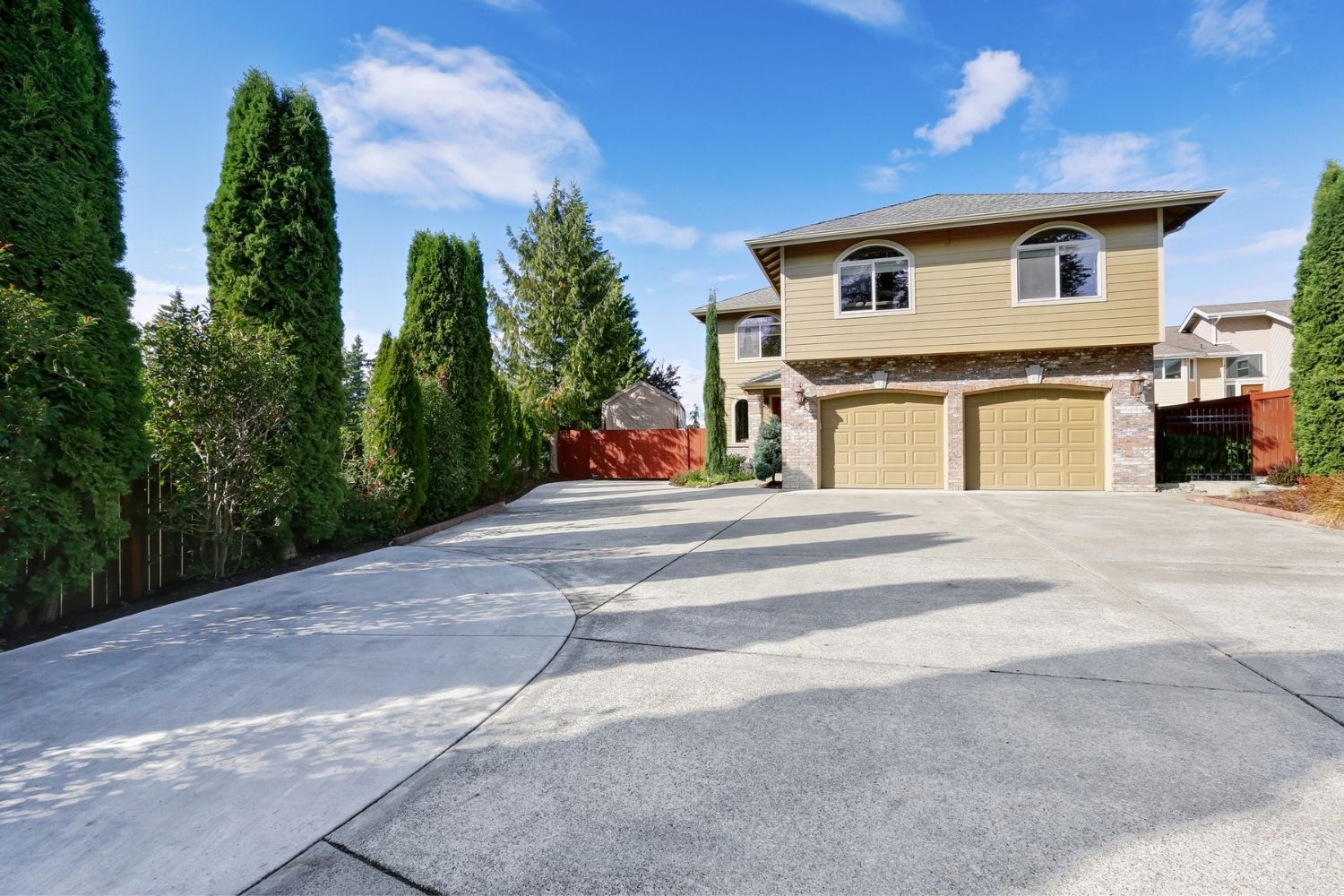

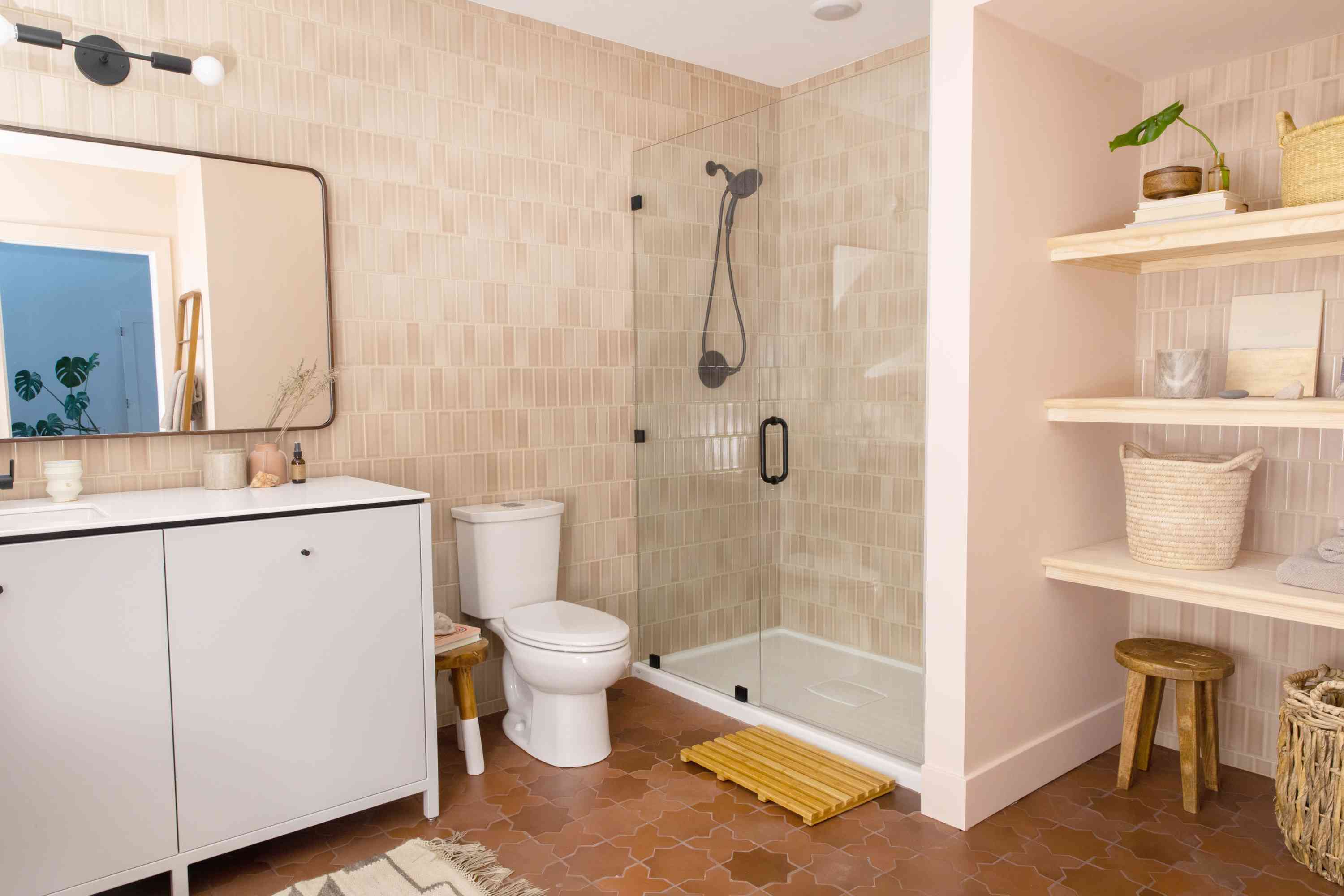
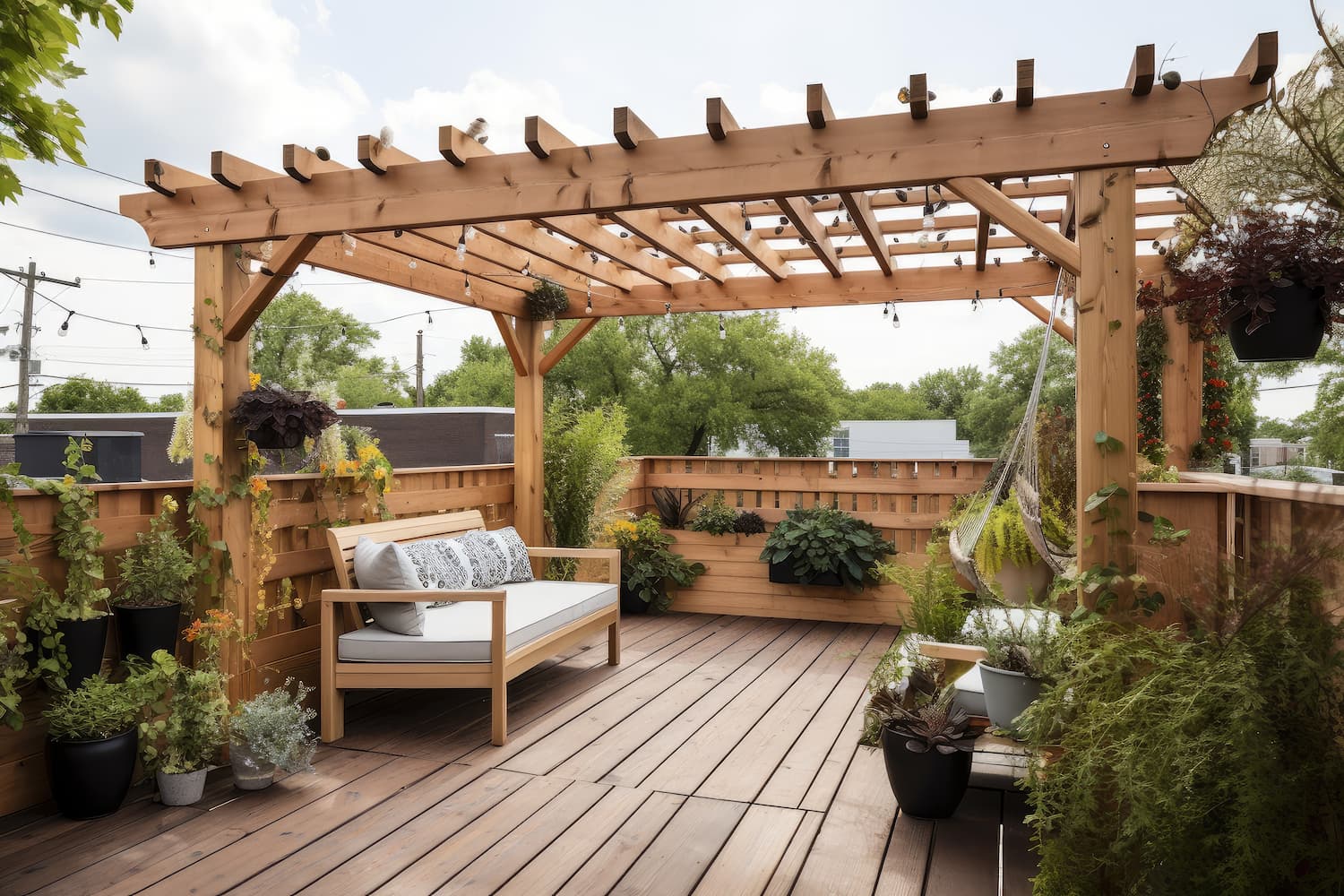
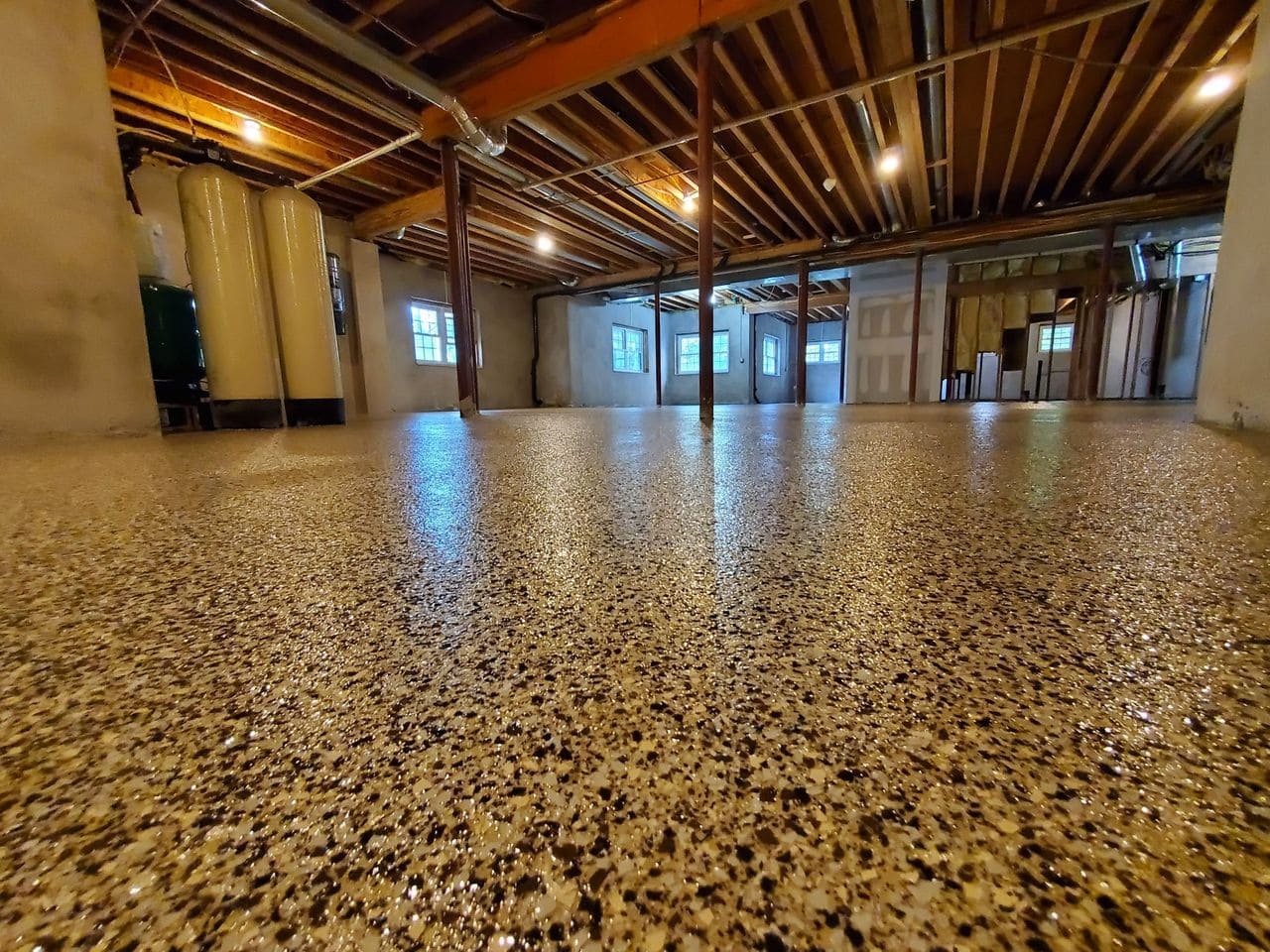

0 thoughts on “How Much Does It Cost To Build A Bowling Alley In Your Basement”